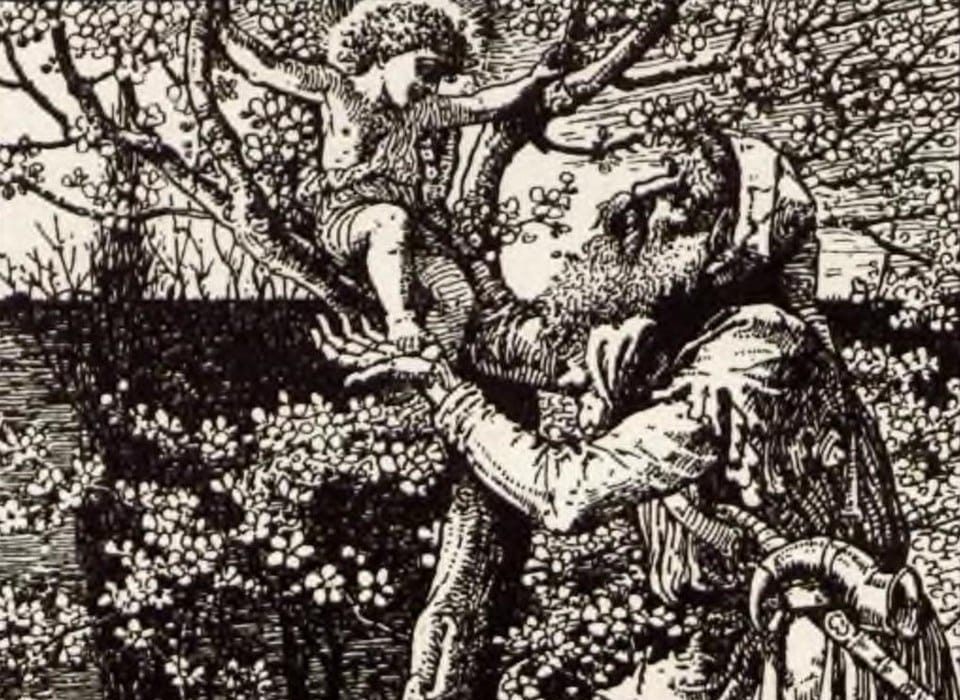New Criticism is a critical look at a piece of art’s form and structure, and it is another form of literary analysis. Whether that be a painting or a piece of music, it’s all about looking at the conventions of the work itself. Much of this is in the this particular criticism’s philosophy. For the purposes of this post, we will look at New Criticism and its influence on texts across literary history.
What is New Criticism?
New Criticism is a literary approach that analyzes a text independently of external influences. W.K. Wimsatt and Monroe Beardsley developed introduced this concept.
In other words, the reader, the context, and the author mean nothing to the analysis. New Critics reject the erroneous belief that a text’s meaning must be connected to an author’s intention. Essentially, New Critics were looking at the book itself, alone and by itself, for meaning. The author is irrelevant.
In breaking down dates for the relevancy of this particular style of criticism, we can safely say that it was popular between 1941 and the late 1960s. Literary figures such as T.S. Eliot, for instance, made a contribution to New Criticism with his works. These works include “Tradition and the Individual Talent” in 1917 and the “Hamlet and His Problems” in 1919.
Why Does this Critical Lens Matter?
New Criticism is a form of close reading. Close reading allows the critic to examine the text without all the other baggage that comes with a novel. This includes its history or the author’s or the reader’s opinion on the subject matter. This type of criticism stood against the critics at the time, who focused on social context. Similarly, it pushed back against historical criticism and biographical criticism. New Critics, meanwhile, appealed to the book as an independent force they could analyze based on its very text features.
Furthermore, New Criticism examines the story elements, syntactical considerations, and poetic elements of a novel or piece of writing. For example, an author my investigate a text’s meter, theme, imagery, metaphor, plot, characters, or anything else that makes it tick. Through close reading, critics reveal the text to be a product of its own construction. It is the “careful, sustained interpretation of a brief passage of text,” in order to derive meaning. In summation, New Criticism is a way to analyze aspects of a text, or the conventions, through sustained reading that disregards an author’s authority, the reader’s presuppositions, and the social history of the text itself. In this way, the text is front and center.
In conclusion, New Criticism propagates the idea that critics can derive meaning from formal elements of a text rather than the contexts surrounding the text itself.





Leave a comment